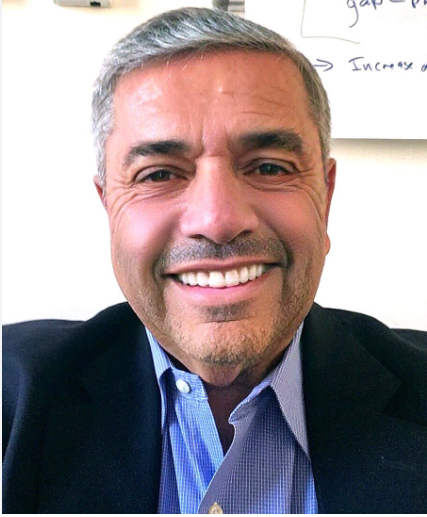Cardiologists have access to some of the most advanced technology in health care. This means that, when it comes to diagnosing heart conditions, cardiologists are often able to conclude quickly and confidently.
They use a combination of high-tech tools and diagnostic tests to help them diagnose various conditions and make treatment recommendations for their patients.
The First Thing They Do Is Perform An Examination
When a patient sees a cardiologist, the first thing they do is perform an examination. The Dr. John Strobeck listens to the patient’s heart and lungs with a stethoscope, checks for any signs of swelling or fluid build-up in their chest cavity (called ascites), and looks at their abdomen by pressing on it with two fingers. Sometimes they’ll also ask the patient to perform certain tests: deep breathing, coughing, or exercise testing.
The Second Step Is To Use A Computer To Review The Patient’s History.
The second step is to use a computer to review the patient’s history. This can include reviewing the patient’s medical history, family history, personal history, and social history. Cardiologists also look at lifestyle factors such as smoking or drinking habits or diet.
Once The Doctor Has Examined The Patient, He Or She Will Order Tests, Such As Echocardiograms Or Nuclear Stress Tests.
Once a doctor like Dr. John Strobeck has examined the patient, he or she will order tests, such as echocardiograms or nuclear stress tests.
A test called an echocardiogram uses sound waves to produce a picture of the heart. It’s done in an outpatient clinic and can be done without any special preparation by your child (or you). The technician may give your child medicine before this test to help him relax during it so that he doesn’t move around too much while being scanned.
Conclusion
Technology is an important part of the diagnosis and treatment of heart conditions. Cardiologists use technology to examine their patients, review their history, and order tests. In some cases, they will even use it to perform surgery on the heart or other organs. Technology has made diagnosis much faster than it used to be and helped doctors treat diseases more effectively.
